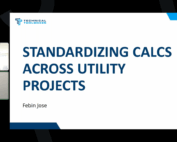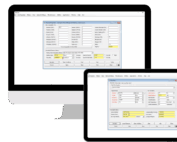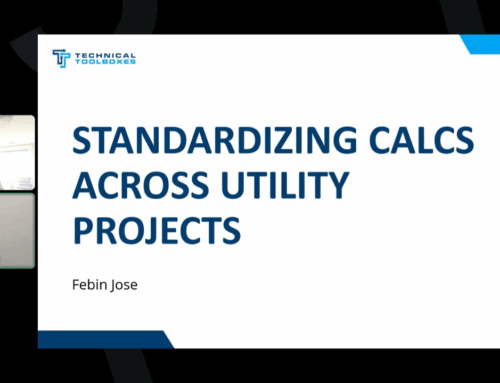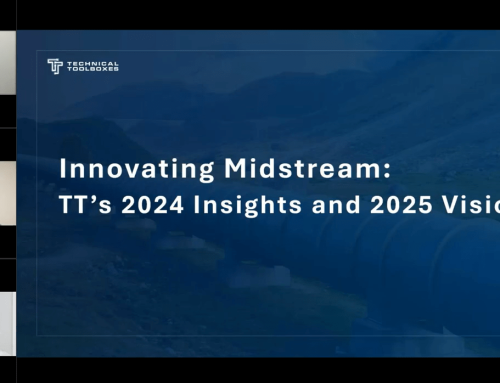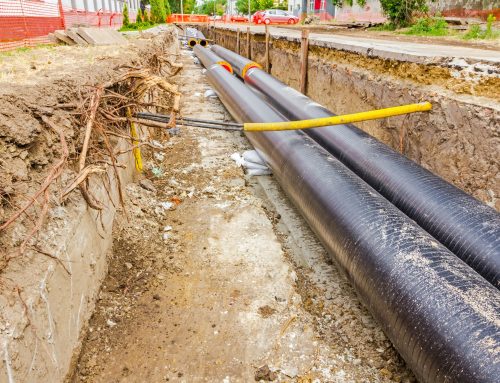AC Interference:
What Pipeline Operators Must Know to Protect Integrity and Meet Compliance
By Joe Pikas

As the energy landscape continues to evolve, so do the challenges faced by pipeline operators especially when it comes to alternating current (AC) interference.
Whether you’re working in corrosion engineering, integrity management, or regulatory compliance, AC interference isn’t a new concern but its complexity is growing fast. With more pipelines being installed alongside high-voltage powerlines, induced AC current can pose real threats to pipeline integrity, safety, and regulatory compliance.
So, what exactly is AC interference and why should you care?
What Is AC Interference?
AC interference occurs when pipelines are installed near or parallel to high-voltage powerlines. These powerlines generate electromagnetic fields that can induce voltage and current on nearby metal structures like pipelines. Left unchecked, this can result in:
- Accelerated AC corrosion
- Dangerous step and touch voltages
- Excessive CP can enhance AC corrosion
- Risks to company personnel safety during routine maintenance
Learn more from AMPP and PHMSA’s official pipeline safety resources.
Why It’s Getting Worse
- Increased co-location of powerlines and pipelines
- Tightening regulations from PHMSA, NACE (SP21424), and IEEE
- Higher risk zones like High Consequence Areas (HCAs)
The industry is under growing pressure to not just detect AC interference but model, document, and mitigate it quickly and accurately.
Common Challenges Engineers Face

Modeling AC interference is no easy task. Pipeline Operators and Engineers often deal with:
- Time-consuming manual calculations
- Disconnected data and inconsistent formats
- Uncertainty in mitigation design effectiveness
- Reporting hurdles when it comes to compliance
These challenges make it hard to confidently assess risk or communicate mitigation strategies to stakeholders.
Tools That Make a Difference
While there’s no one-size-fits-all fix, having the right tools in place can make the difference between reactive firefighting and proactive pipeline safety.
That’s where platforms like Technical Toolboxes’ AC Mitigation PowerTool (ACPT) come in—designed to help engineers model AC effects, assess risk, and generate compliant reports. ACPT supports steady-state and fault current modeling, integrates with GIS data, and helps eliminate the guesswork from AC mitigation.
Want to see it in action?
Join Our Free Educational Webinar
April 16, 2025 at 11:00 AM CST, featuring Joe Pikas
“Digital Modeling for AC Interference”
Joe will walk through current AC interference challenges, show real examples of modeling with ACPT, and answer questions live. It’s a great way to deepen your knowledge and see how digital tools can help you do more in less time.
Final Thoughts
AC interference isn’t going away and in fact, increasing due to the AC Power demand and ignoring it won’t make it any less dangerous. But with the right knowledge and digital tools, you can reduce risk, meet compliance demands, and protect both people and infrastructure.
Suggested Post
Why API Inspections Still Matter More Than Ever
Why API Inspections Still Matter More Than Ever By Kesley Price In an industry [...]
How Utility Teams are Standardizing Pipeline Calcs
How Utility Teams are Standardizing Pipeline Calcs By Kesley Price Engineering teams working in [...]
GASCalc and GASWorkS are Now Part of Technical Toolboxes
GASCalc and GASWorkS are Now Part of Technical Toolboxes We are pleased to announce that Technical Toolboxes has acquired the [...]



